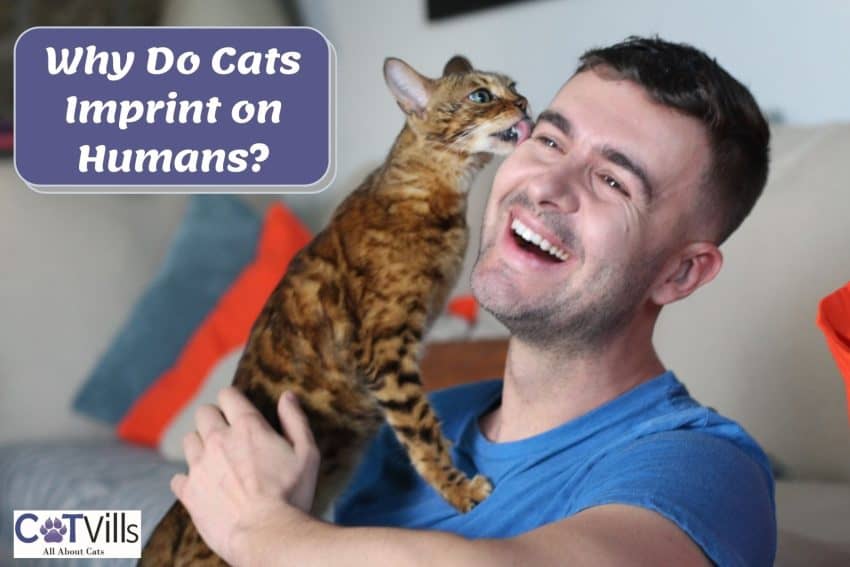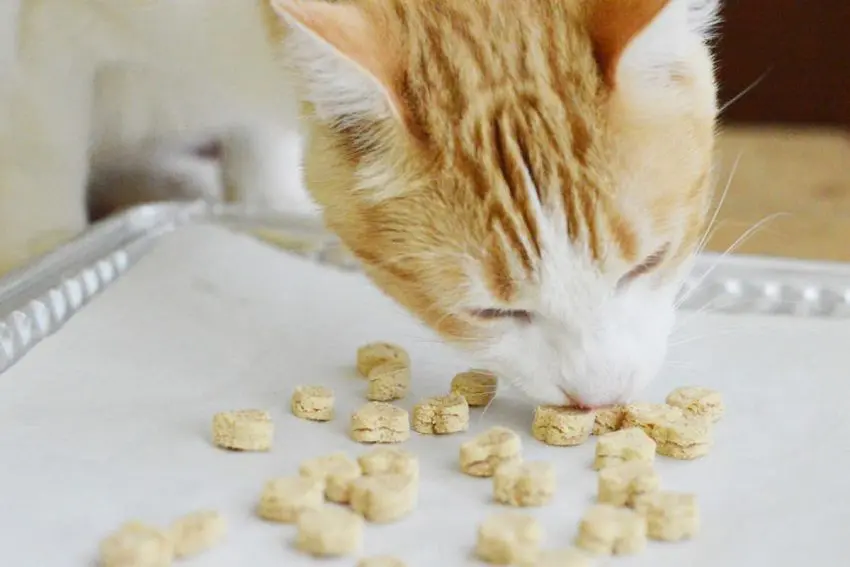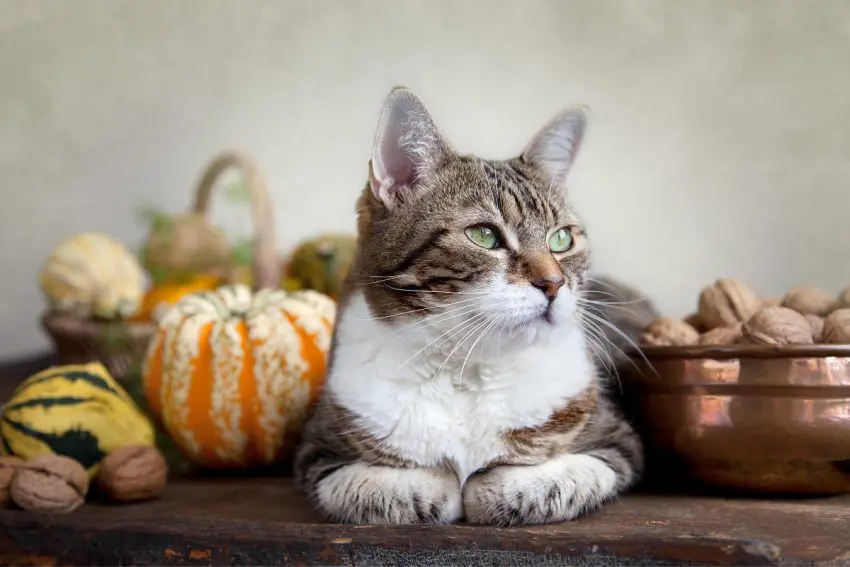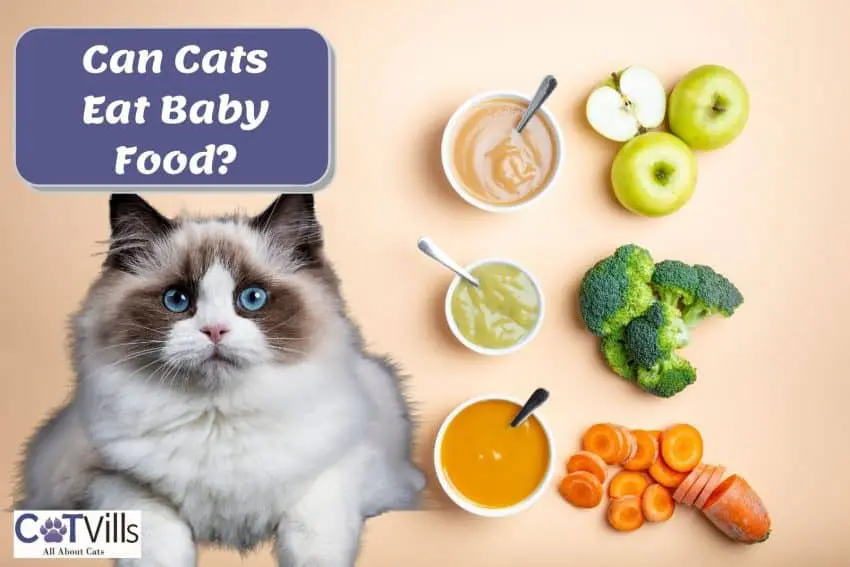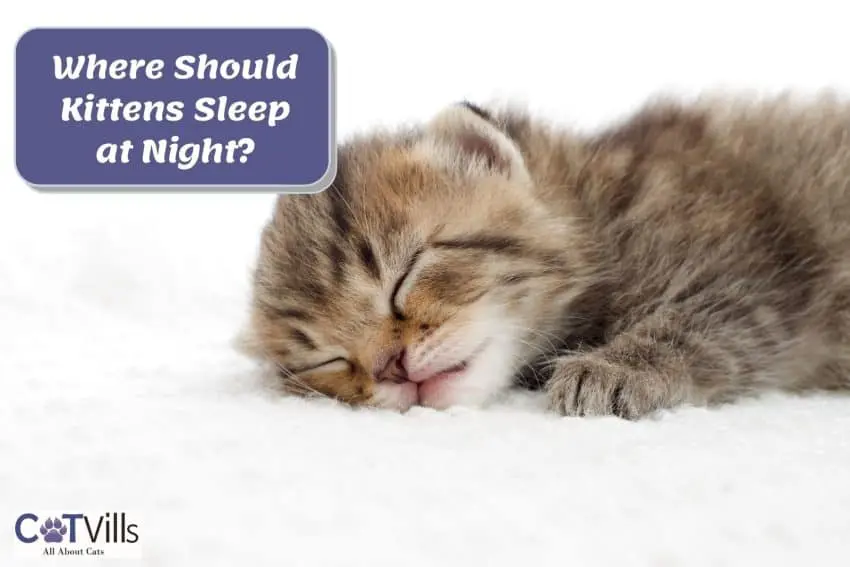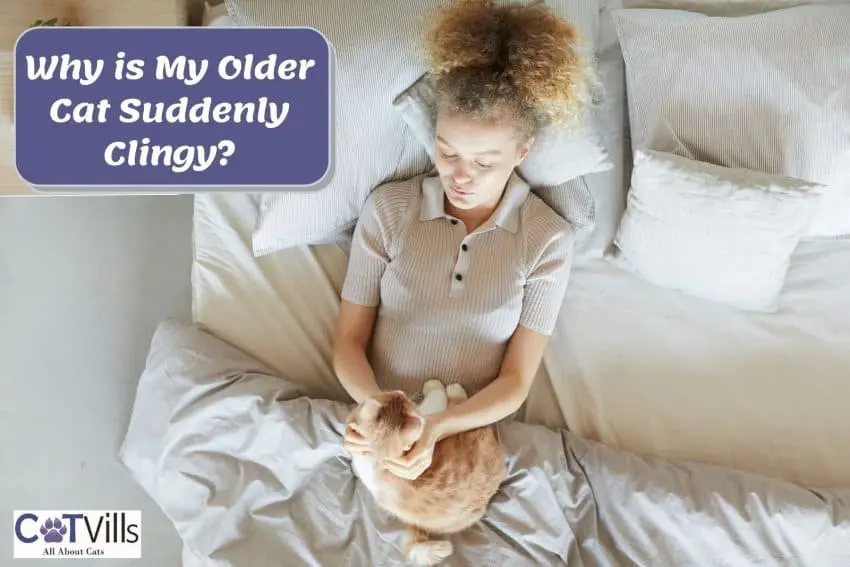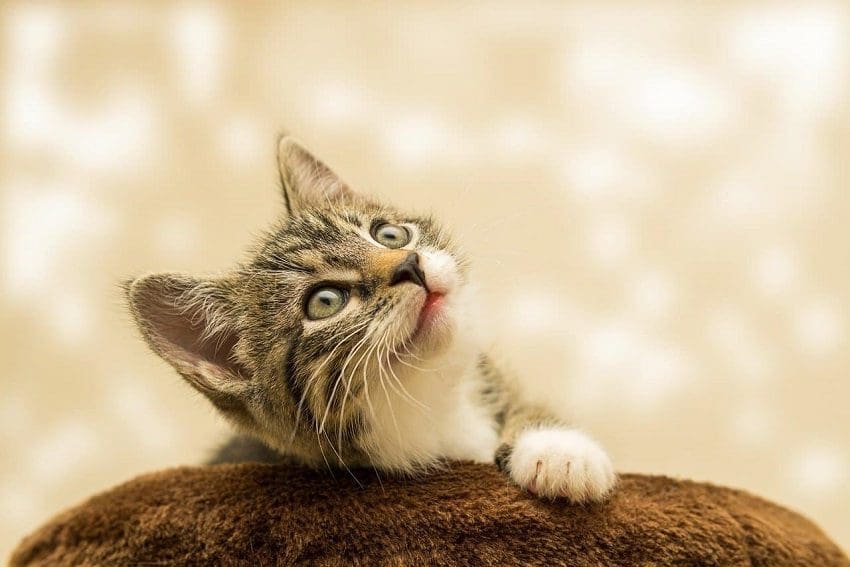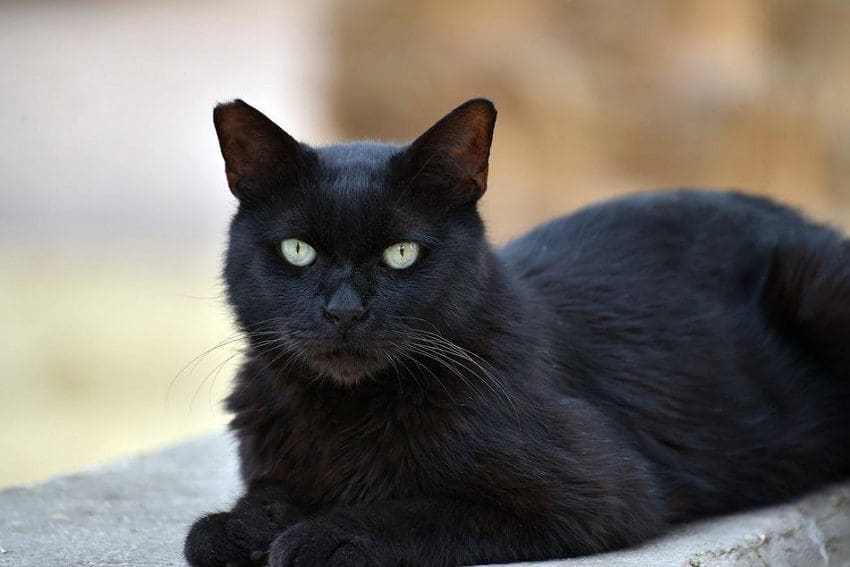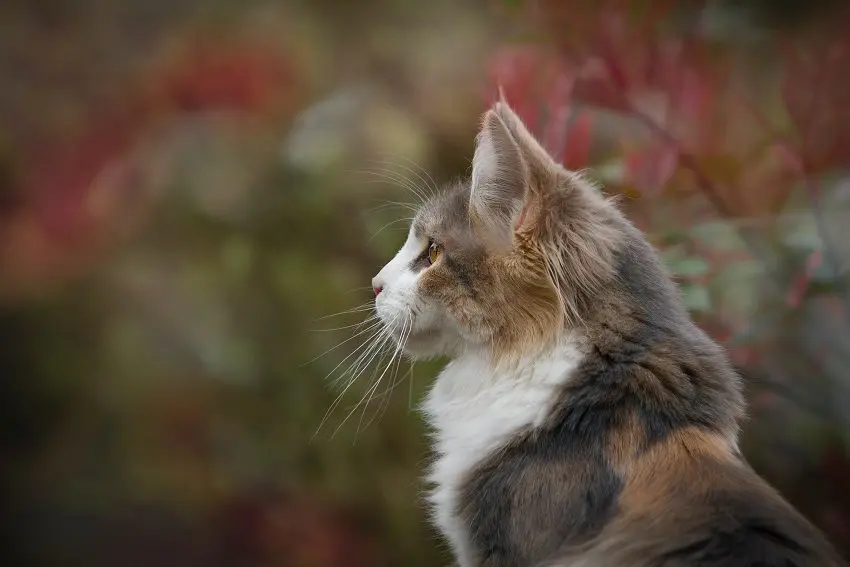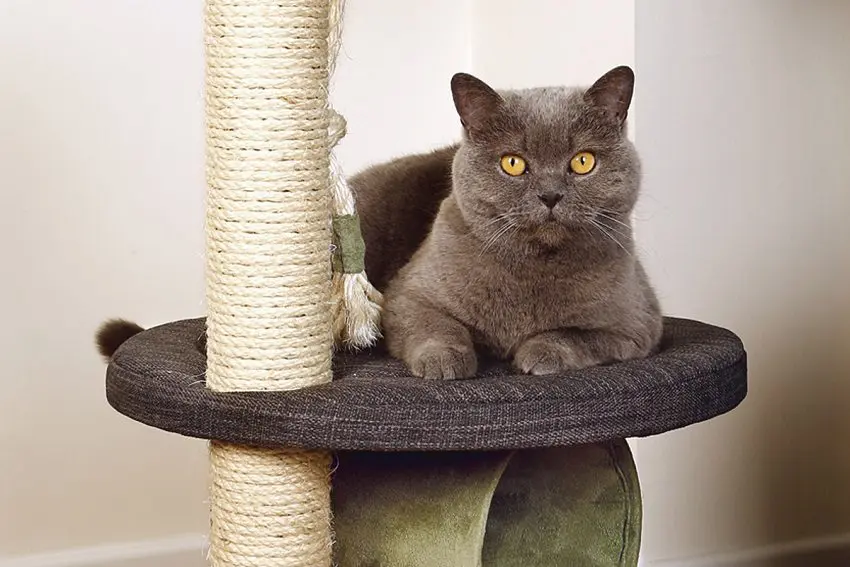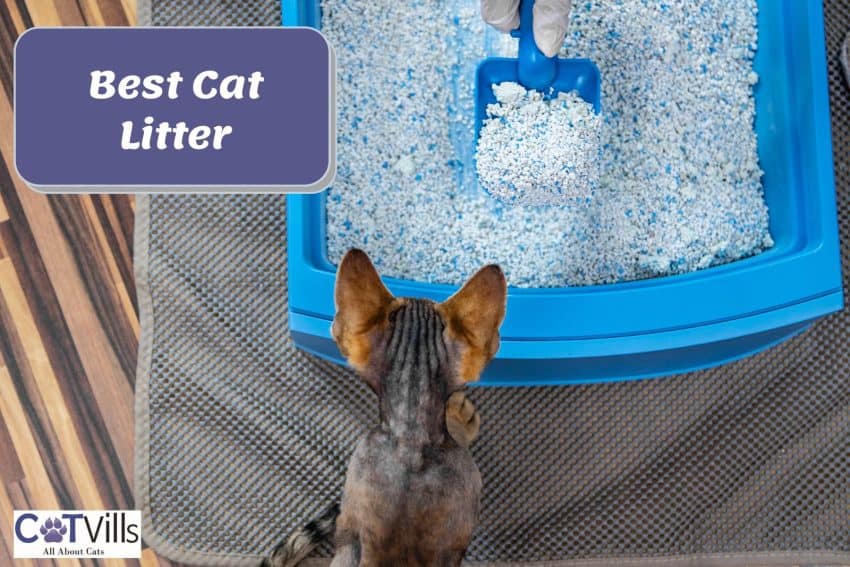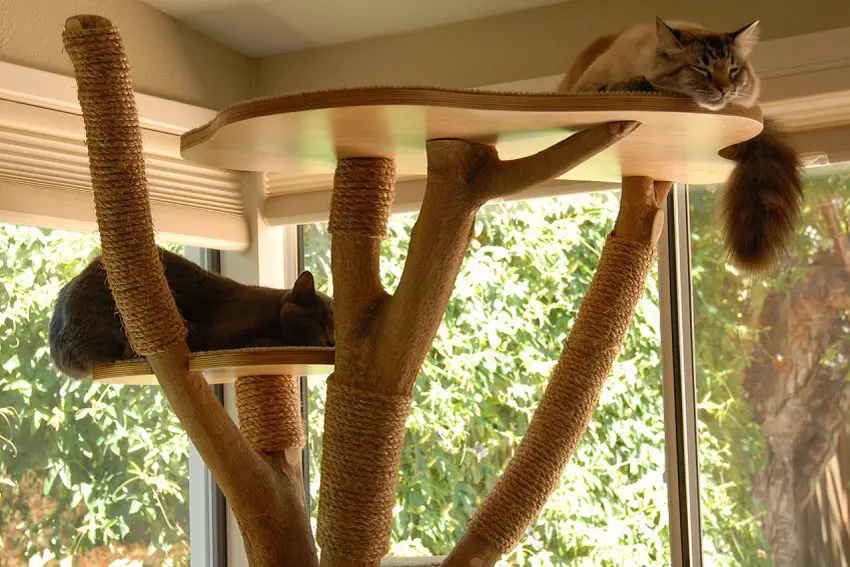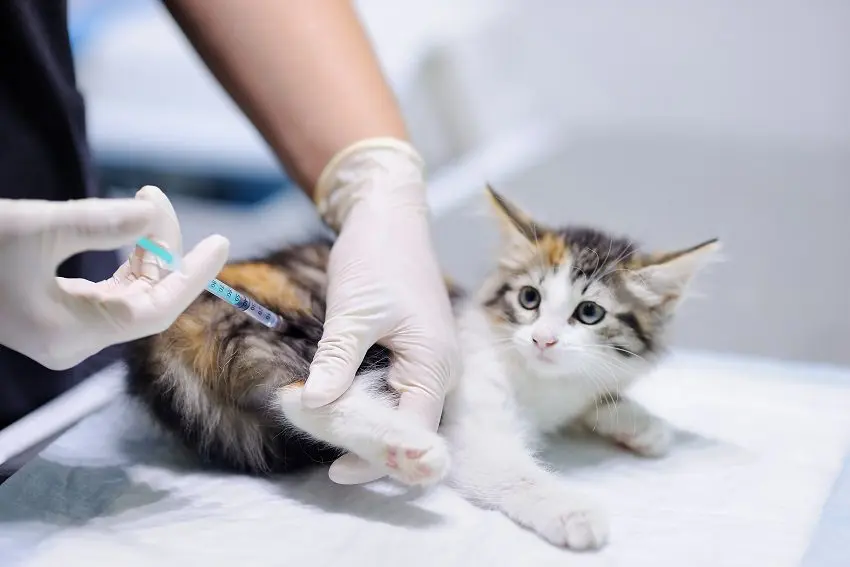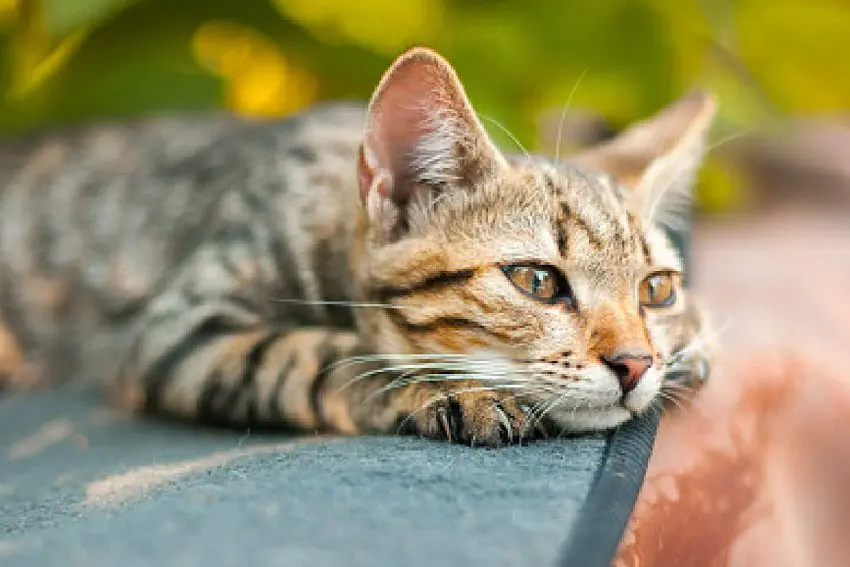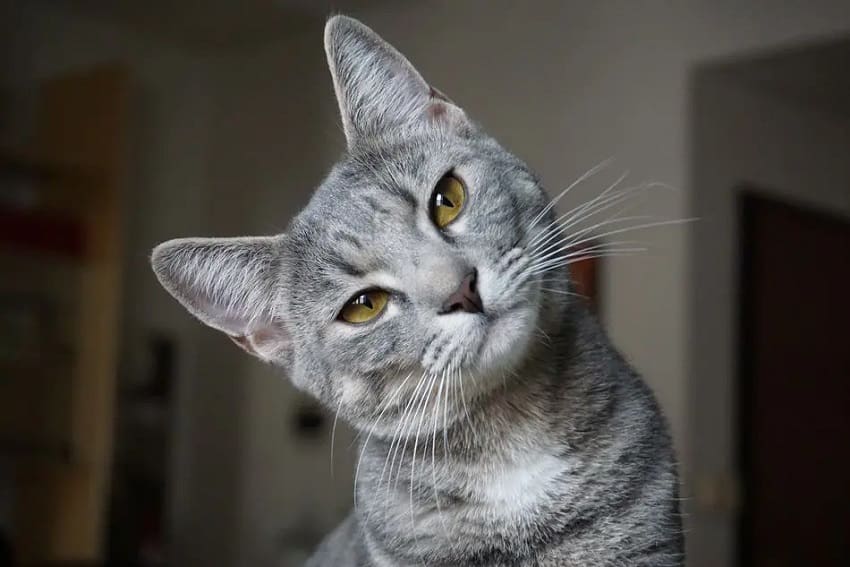What’s Trending In Cat Food
Start Cat Training Properly
Sign up for our newsletter!
Become a part of our community. Receive the latest content updates, be part of our meme creation, and much more!
Choose The Perfect Cat Name
Must-have Cat Gear
Learn More About Cat Breeds
Explore our ‘Breeds’ section, a treasure trove of information on different cat breeds. From the majestic Maine Coon to the playful Siamese, discover unique personalities and characteristics and find the perfect match for your heart and home. Begin your exploration now and unlock the enchanting world of cat breeds.
Cat Memes
Become a part of our meme-creating community. Send us your ideas, and we’ll make a meme based on them and credit you as a contributor on our meme page.
Discover Helpuf Cat-Related Guides
Dive into a wealth of knowledge in our ‘Guides’ section, where cat enthusiasts of all levels can uncover expert advice and comprehensive resources. We bring you all kinds of cat insight; our guides are crafted to enhance your journey as a cat parent. Start exploring now and empower your bond with your whiskered companion!

